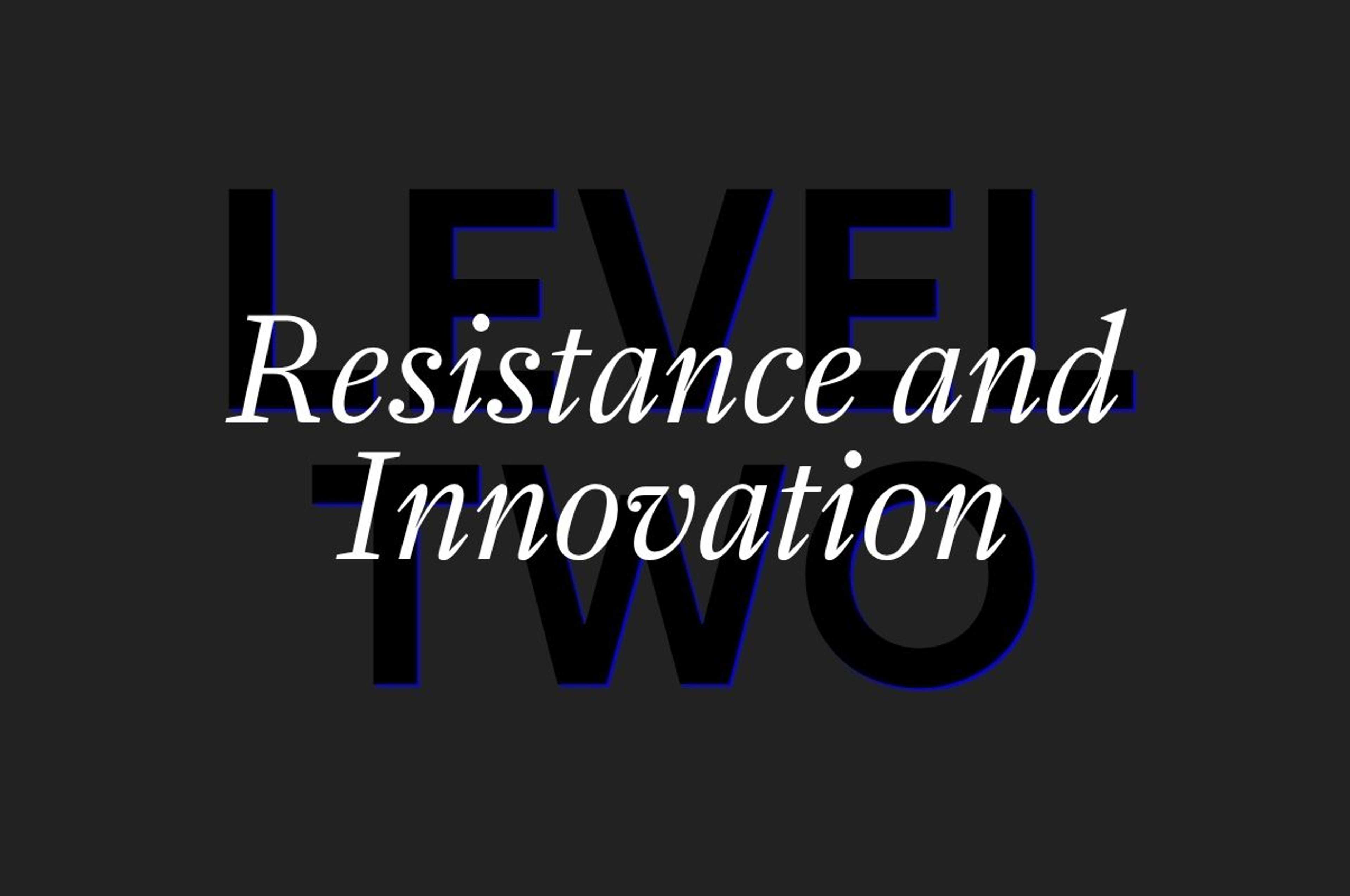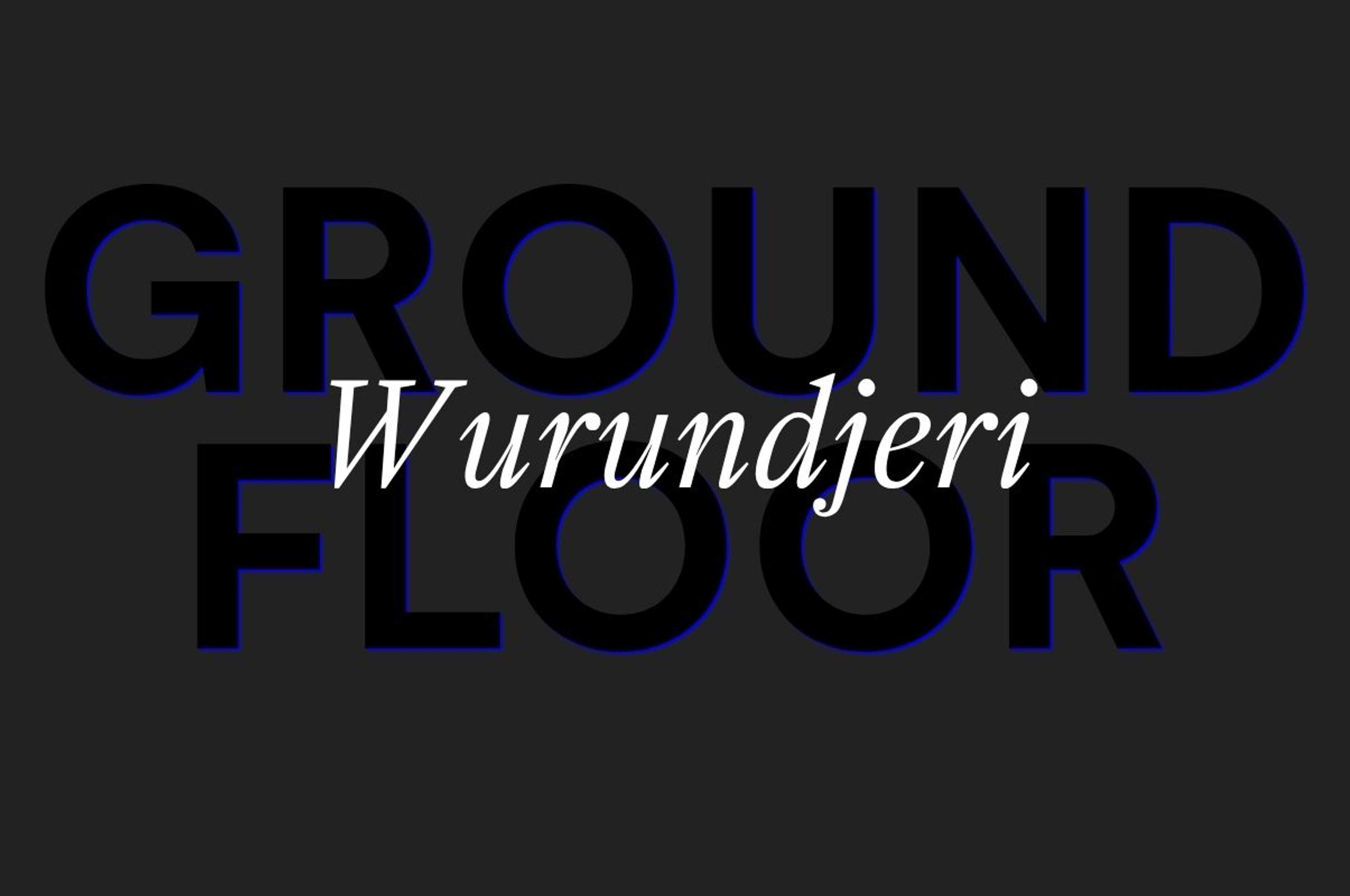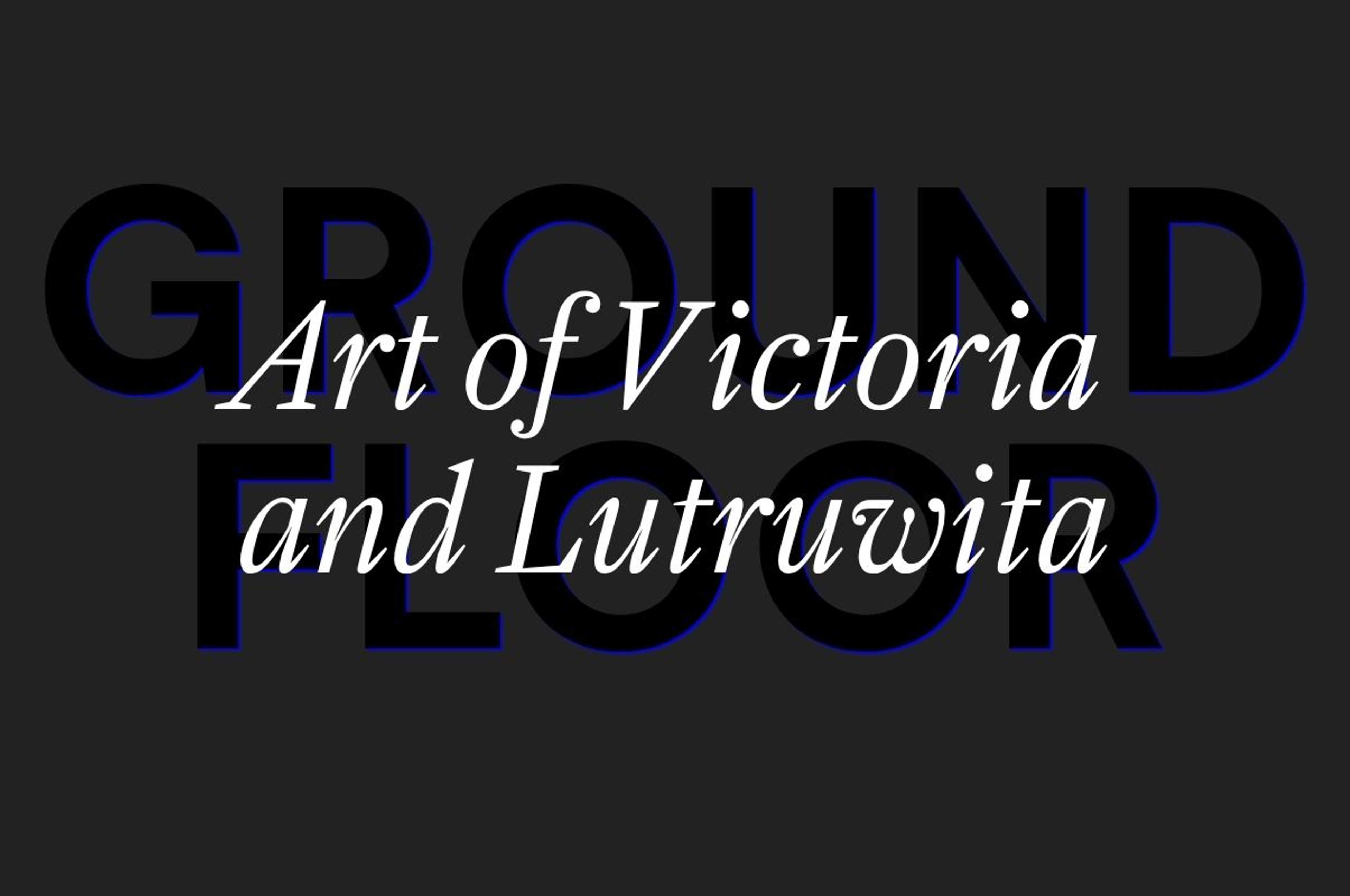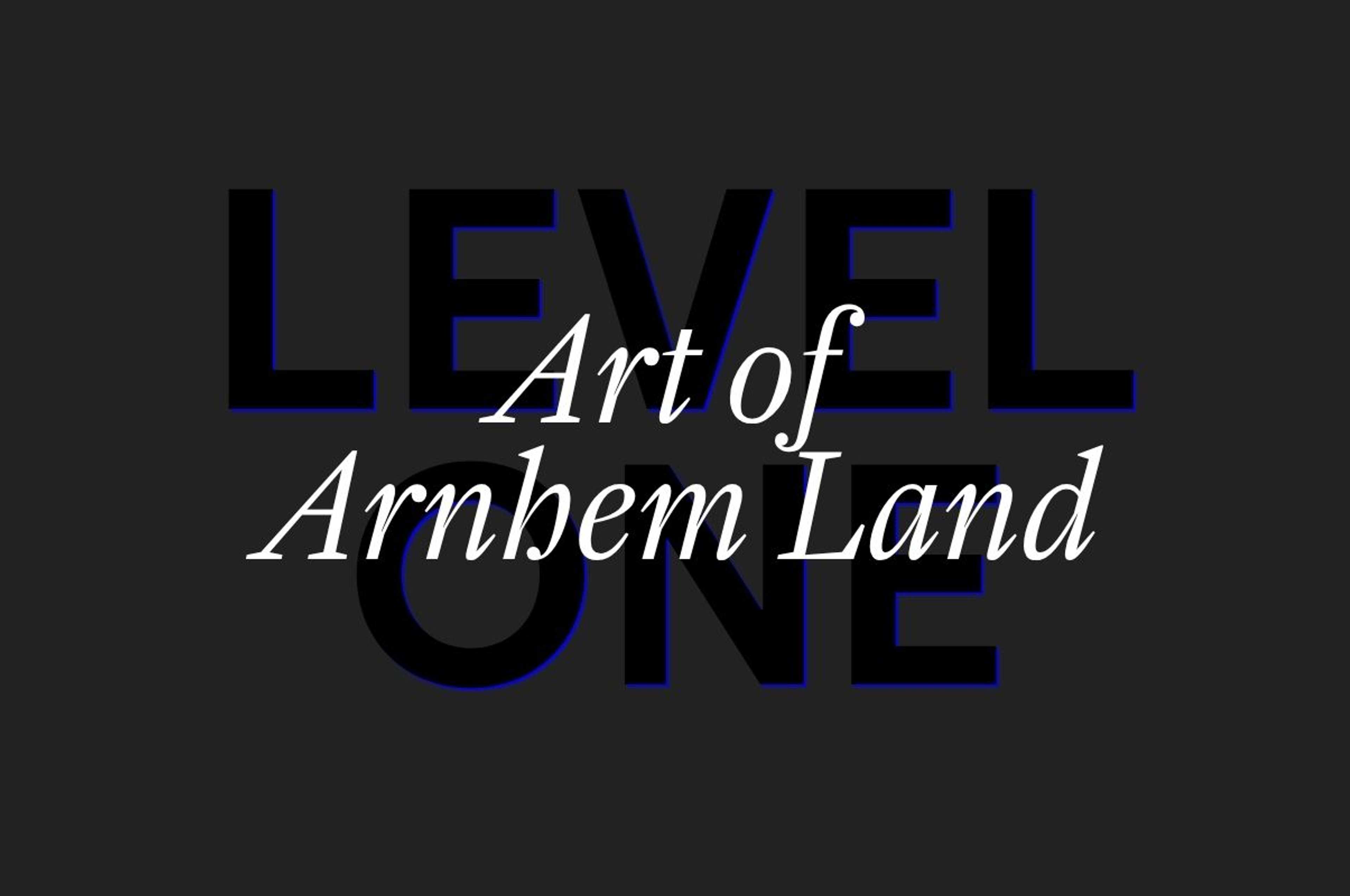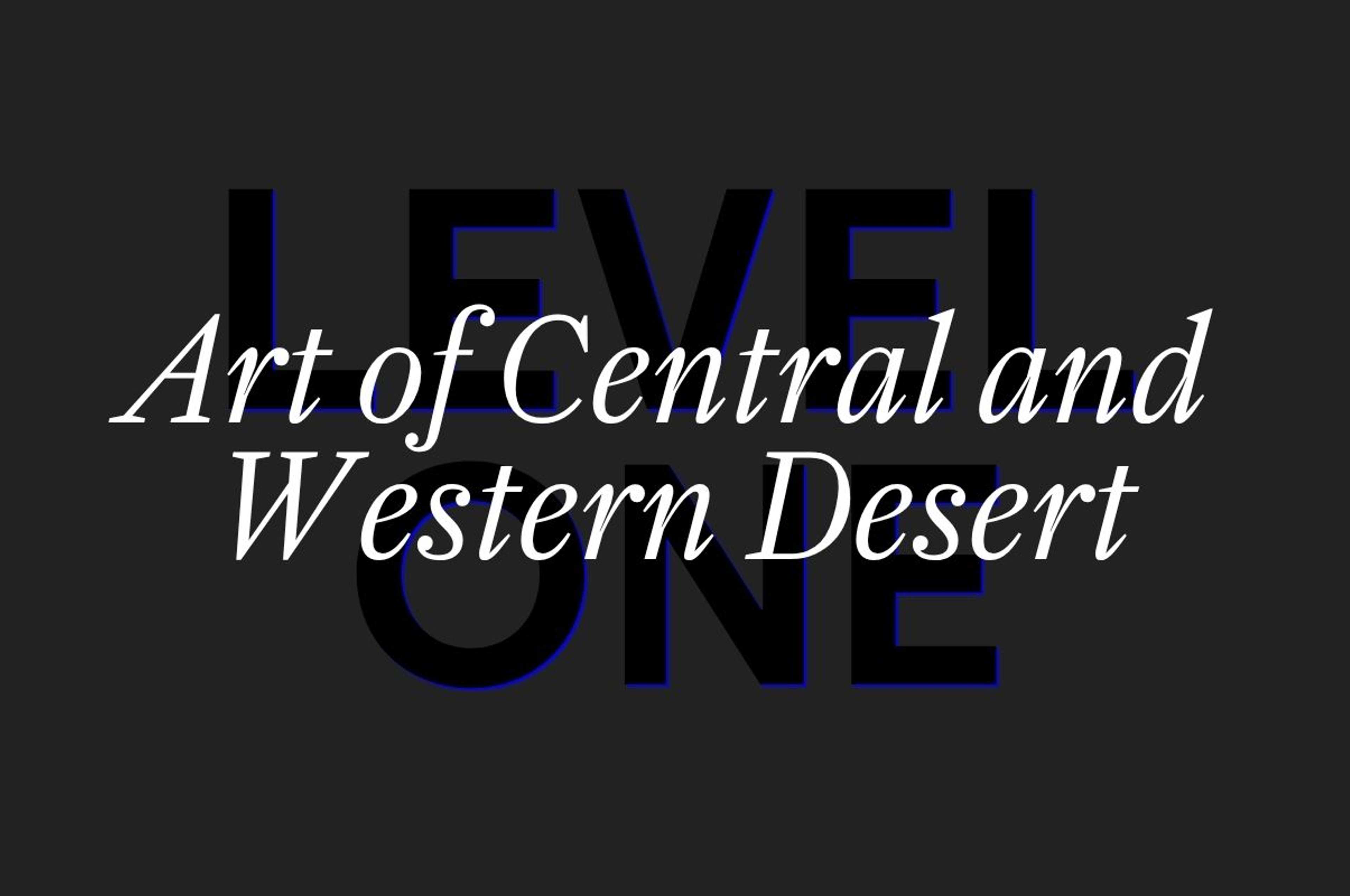Art of the Kimberley
Level Two
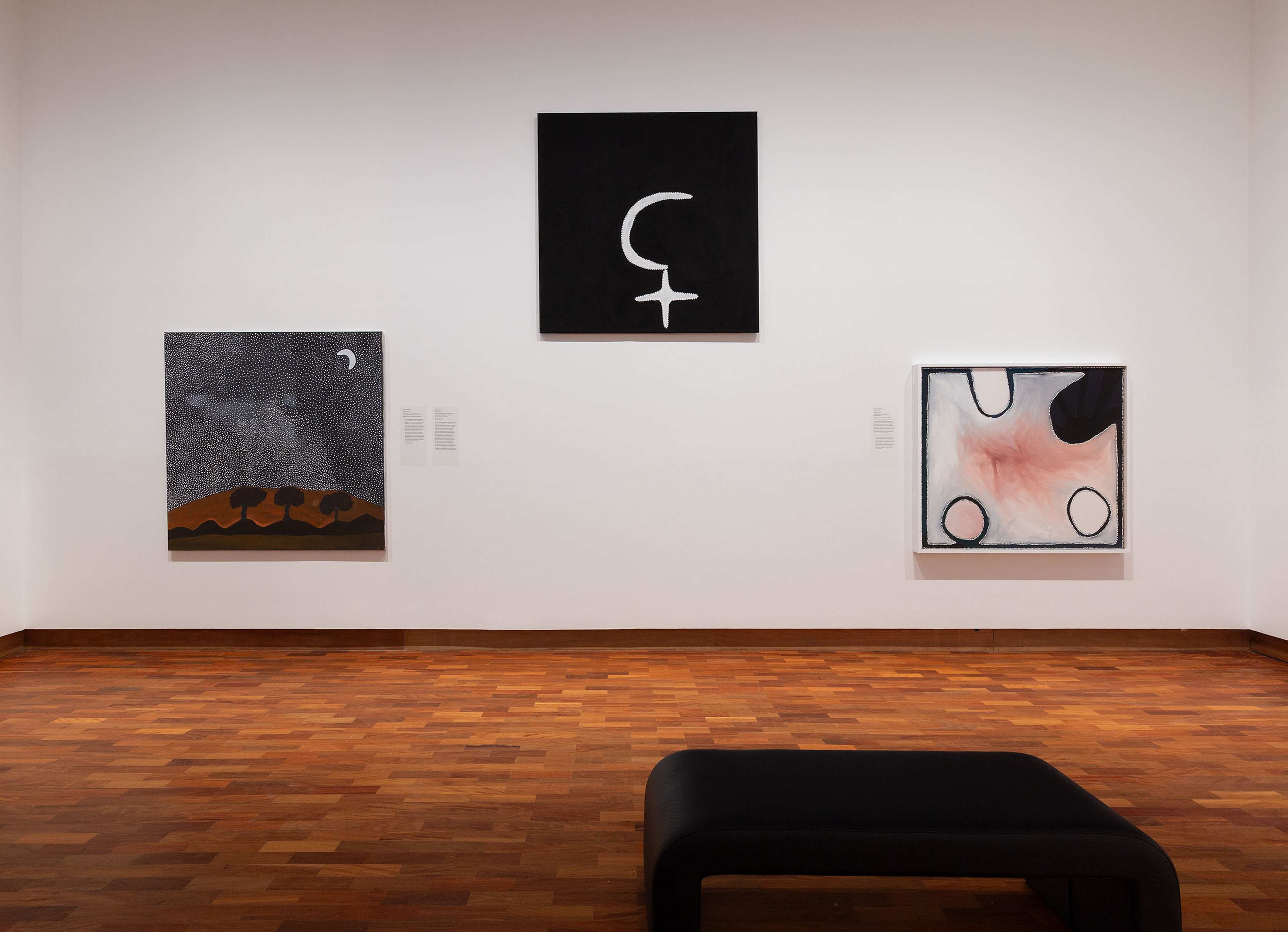
Installation view of 65,000 Years: A Short History of Australian Art, Potter Museum of Art, the University of Melbourne, 2025. Featuring Rusty Peters, Three Nyawana in Yariny Country 2016, Mabel Juli, Garnkiny Ngarranggarni (Moon Dreaming) 2013, and Paddy Bedford, Old Bedford 2005. Collections credit left to right; Hassall Collection, Gadigal Nura (Sydney), National Gallery of Australia, Kamberri (Canberra), Collection of Anthony Scott, Melbourne. Photography by Christian Capurro
About the room
This gallery features conceptual landscapes from an innovative art movement which began in Warmun in the East Kimberley at an unsettled time of dislocation and unemployment in this region. It was triggered by Rover Thomas, a Kukatja / Wangkajunga man who had spent most of his life working as a stockman. In 1975 Thomas developed the Gurirr Gurirr cycle of songs, dances and visual designs, transmitted to him by the spirit of his ‘mother’ (through Gija kinship protocol), who had died in late 1974 during Cyclone Tracy.
For public ritual performances of this cycle held in Warmun, plywood panels were painted with cryptic depictions of places, ancestral beings and events by Paddy Jaminji and other Gija elders, under Thomas’s direction. Gradually, in the early 1980s, Thomas and other artists began to adapt their ochre designs for the market, marking the inception of the East Kimberley art movement.
In 1998, Gija-owned Jirrawun Aboriginal Arts was formed from this East Kimberley painting school. The Jirrawun artists produced ochre canvases that conceptually mapped their lands and recorded sites of massacres and other atrocities in the East Kimberley. This history was the subject of Blood on the Spinifex, an exhibition held at the Potter Museum of Art in 2002–03.


